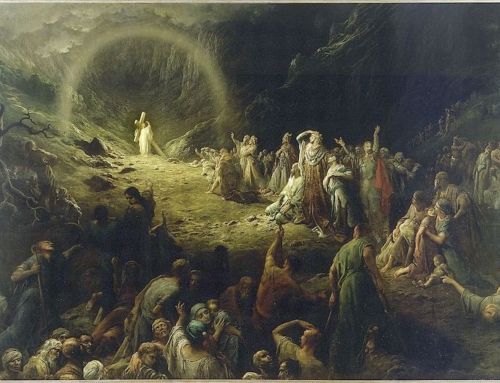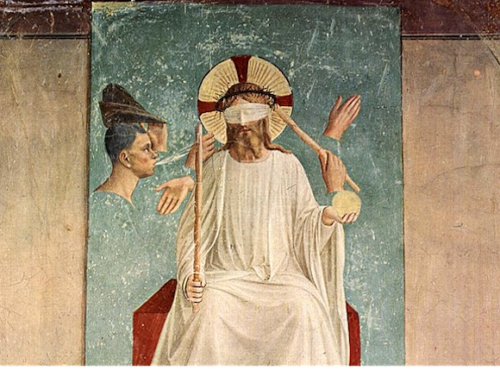At the special Mass for the opening of our academic year, Fr. Thomas Petri, O.P., remarked, “Man has always looked up”—in his aspirations, in his quest for knowledge, in his search for God. Sailors throughout the centuries have relied on the constellations as celestial beacons to guide them to their destination. Philosophers and poets have marveled at the vast expanse and sought explanations. The magi looked to the star of Bethlehem seeking the fulfillment of prophecy—in reality, the fulfillment of all man’s desiring: Jesus Christ.
Now, in the twenty-first century, does modern man still look up? If he were to look up, what would he see?
What would you see? If you’re like 83 percent of Americans (and 55 percent of the world), not much. With all the bulbs and screens that flood the modern cityscape with light, only a constellation or two may pierce through the purple haze above. If you look carefully, that shooting star racing across the sky is likely an airplane or, if you’re lucky, the International Space Station. How ironic it is that modern man, divorced from the heavens his forefathers marveled at, must pick up his electronics to watch shows like Cosmos: A Spacetime Odyssey in order to see the stars.
So too, our relationship with God can be obstructed, divorced from the sensus fidelium, a supernatural appreciation of reality passed down by the universal Church.
Our view of Heaven can be obscured by sin and our many distractions from God. “Sin,” as the Catechism of the Catholic Church teaches, “creates a proclivity to sin; it engenders vice by repetition of the same acts. This results in perverse inclinations which cloud conscience and corrupt the concrete judgment of good and evil” (CCC 1865). Habitual sin prevents us from seeing the good and doing it. It clouds our conscience and blinds us from God’s will. Further, just as the city lights obscure the stars, our daily cares and our all-consuming technology distract us from encountering Christ in prayer.
Seeing us lost in the fog of sin and distraction, God gave us his most pure mother as a model and guide. Saint Thomas Aquinas, in his exposition on the Hail Mary, writes, “As mariners are guided into port by the shining of a star, so Christians are guided to heaven by Mary.” Christians for centuries have called upon Mary under her title, Stella Maris (Star of the Sea), an interpretation of her name in Hebrew, Miriam, first attributed to Saint Jerome, though it is now considered a scribal error of stilla maris (drop of the sea).
However it came to be associated with the Blessed Mother, it is fitting that she shares this title with what many now call Polaris, or the North Star. Although the pole star is not the brightest star, it remains aligned with Earth’s North Pole, becoming an invaluable aid in celestial navigation. Similarly, in her great humility, the Virgin Mary does not seek to outshine Christ and, through her Immaculate Conception, she remains fixed and perfectly conformed to her son. She too can keep us fixed on Christ.
Christ gave us his mother to guide us to him. When we set aside those things which keep us from Christ, we can look to Mary as our steadfast advocate and model of all virtues. Like the North Star which always points north, she will always point us to her son, who has called us to himself. Do not be afraid. Saint Bernard of Clairvaux exhorts us:
“Look to the star of the sea, call upon Mary . . . in danger, in distress, in doubt, think of Mary, call upon Mary. May her name never be far from your lips, or far from your heart . . . If you follow her, you will not stray; if you pray to her, you will not despair; if you turn your thoughts to her, you will not err. If she holds you, you will not fall; if she protects you, you need not fear; if she is your guide, you will not tire; if she is gracious to you, you will surely reach your destination.”
✠
Photo by Johannes Plenio







